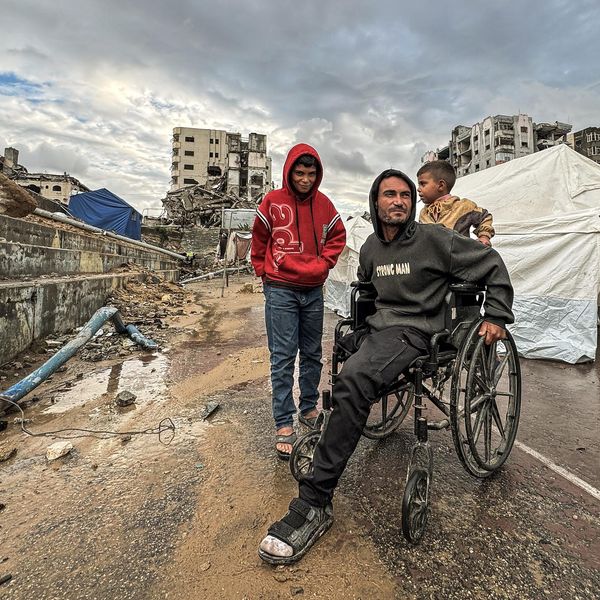Defense officials are worried that U.S. weapons transfers to Ukraine are reducing the Pentagon’s military readiness, according to the Wall Street Journal.
“It is not at the level we would like to go into combat,” a defense official said, adding that current stockpiles of artillery ammunition are “uncomfortably low.” And, given that it can take years to purchase new weapons from weapons makers, this shortfall could last well into the future.
The news shows just how dramatically American weapons stocks have fallen in recent months in order to support Ukraine’s defense against Russia’s invasion. It also highlights the massive financial windfall that arms manufacturers will receive in the coming months and years as taxpayers fund a boost in weapons production.
The Pentagon has pledged to send nearly $13 billion in arms since the war began. Around $8 billion of those transfers have been drawn directly from DoD stockpiles, while the other weapons packages will come from new contracts with arms makers.
The discomfort at the Pentagon may help explain why DoD has shifted away from sending 155 mm artillery shells, opting instead to ship 105 mm rounds to Ukraine in a recent drawdown.
The Wall Street Journal notes that defense industry leaders have expressed concerns that defense officials are not moving fast enough if they want to quickly replenish their stocks. As the head of Lockheed Martin said in July, DoD will have to “shift gears” in order to return weapons stores to pre-war levels.
Despite their frustrations, there’s little doubt that defense giants will be the biggest winners from the billions that the United States has invested in Kyiv’s defense. And these gains could last well beyond the war in Ukraine: According to the Wall Street Journal, the Army has already asked Congress for $500 million per year in order to enhance its ammo factories.
















